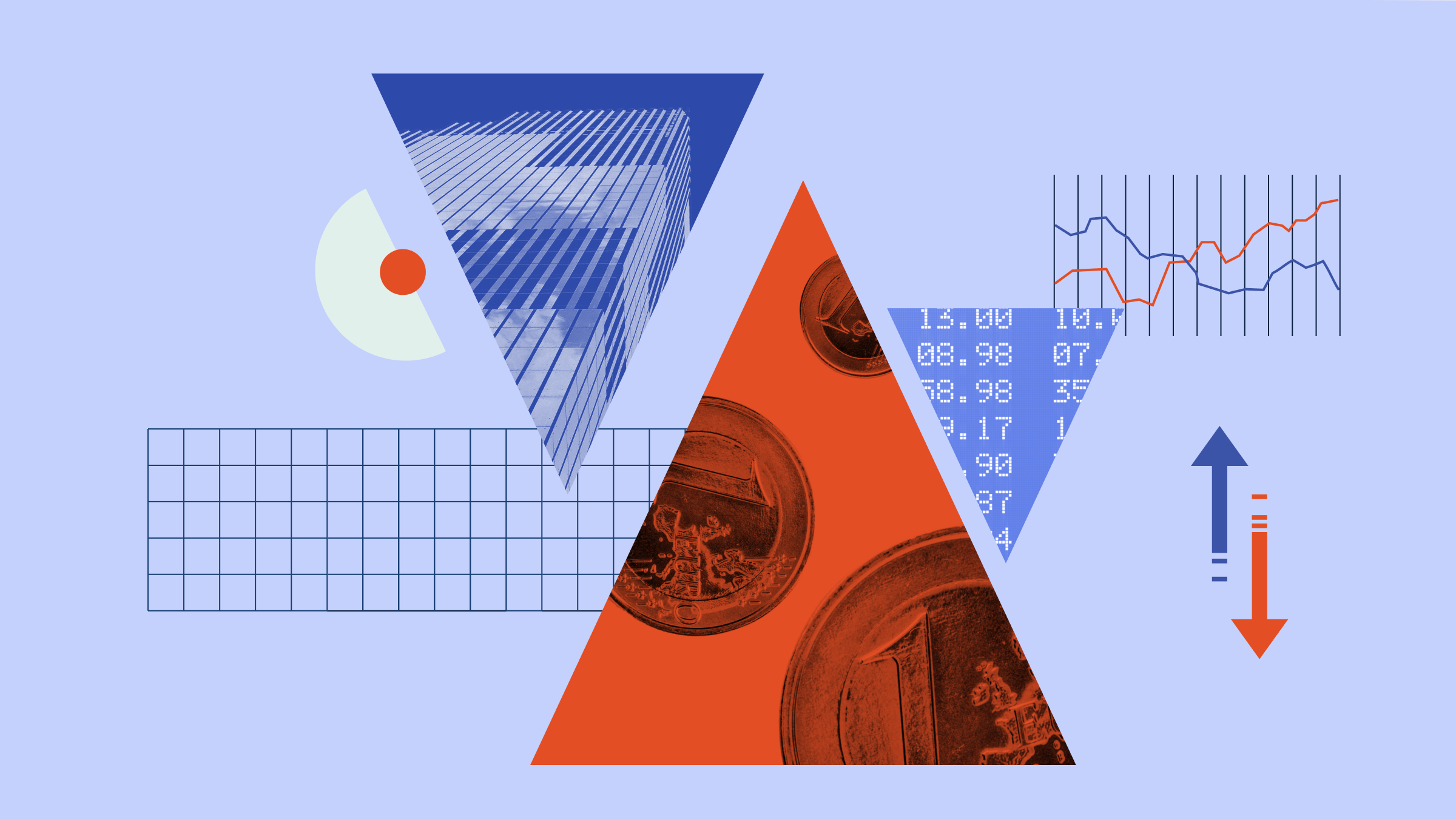
Blockchain is full of promise. Billions of dollars have been invested into the space. Large corporations, venture capital funds, and initial coin offerings are funding projects. The activity is not completely misguided; blockchain has the potential to disrupt economic activities ranging from simple payments to the structure of a corporation as it currently exists.
Traditionally, some of the strongest competitive advantages have come from centralisation. Network effects, for example, can lead to huge profits for companies that centralise and control transaction activity--for example, payment networks, marketplaces, social networks, and futures exchanges. Similarly, centralisation can create competitive advantages via economies of scale, as fixed costs are spread over a large number of transactions.
Blockchain technology provides a way to decentralise three important economic functions: financial transactions, identity and data management, and marketplaces. Decentralised solutions could disrupt companies that create value by centralising such activities.
Less than a decade since the introduction of bitcoin as a means to solve a problem in the realm of digital payments, the underlying technology it introduced is making it possible to decentralise all types of activities. Cryptocurrencies began as a threat to the payment industry, but it is becoming clear that blockchain technology and cryptoeconomics could someday threaten a wide variety of business models, and conceivably the traditional means of corporate organisation itself. The decentralised autonomous organisation allows algorithms or owners, rather than layers of bureaucracy, to govern an organisation.
As with any new technology, blockchain has created intense debate among prognosticators. Some believe there will be no valid uses at all over the long run. Others have proposed that blockchain will disrupt nearly every industry and decentralised networks will eventually surpass the capabilities of most centralised companies. In fact, Ronald Coase’s Nobel prize-winning theory of the firm is based on the idea that the high cost of using decentralised markets is the very reason companies--with centralised management and delegation of activities--exist at all.
We suspect the truth lies somewhere in between. Blockchain technology has plenty of potential, but there are still obstacles to world domination. These include difficulties inherent in the technology itself, as well as the established economic moats of the incumbents in various industries.
Bitcoin and Blockchain: A Brief History
Bitcoin was not the first attempt to create a viable digital currency; interest in such a system dates back more than 20 years. The “cypherpunk” movement incorporating elements of philosophy, computer science, and mathematics--along with a strong desire for privacy--spawned a number of efforts.
False starts in the digital currency field include DigiCash launched in 1989, E-gold in 1996, and B-money in 1998. PayPal was initially envisioned as a “new world currency” before finding success in the more mundane world of traditional payment processing.
Introduced in a 2008 white paper by the mysterious Satoshi Nakamoto, bitcoin solved the problem of trust in online financial transactions. Previously, transferring digital assets required the involvement of one or more trusted third parties. For example, a customer purchasing a soda via debit card at a convenience store depends on effective coordination among his own bank, the merchant’s bank, and a card network such as Visa or Mastercard.
These trusted third parties deal with the problems of double-spending and transaction reversal. The customer’s bank keeps a record of his spending, the card network assists in communication and funds transfer, and the merchant’s bank records and stores funds as they come in. Disputes are handled according to standards set over time by the networks and the participants in them.
Bitcoin, in contrast, uses a distributed peer-to-peer network to authenticate and record all transactions in the order they occurred, eliminating the need for intermediaries. In this way, participants can verify a clear chain of ownership for digital funds without relying on a trusted third party. The peer-to-peer network maintaining the digital ledger – or blockchain – is a decentralised record of transactions.
Others were quickly captivated by the technology’s potential and introduced rivals to bitcoin and new blockchain-based functionalities. Ethereum may be the most important of these later introductions.
While bitcoin’s software performs relatively simple transaction processing, Ethereum’s software essentially provides an operating system by which the network can be programmed to perform a variety of computations, making it a “world computer.” A variety of applications – decentralised applications, or dapps – can be built on top of Ethereum.
For example, EtherTweet is a decentralised rival to Twitter. While Twitter has a staff of paid programmers and its own data centres and servers, EtherTweet is open-source software running on the Ethereum blockchain. Thus, anything that can be programmed can potentially be decentralised. That said, the technology is still in the very early stages.





























